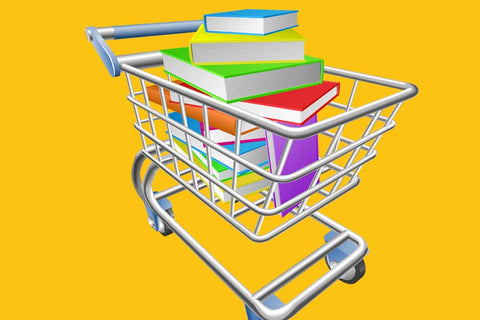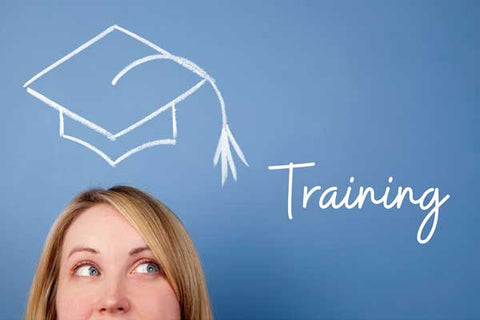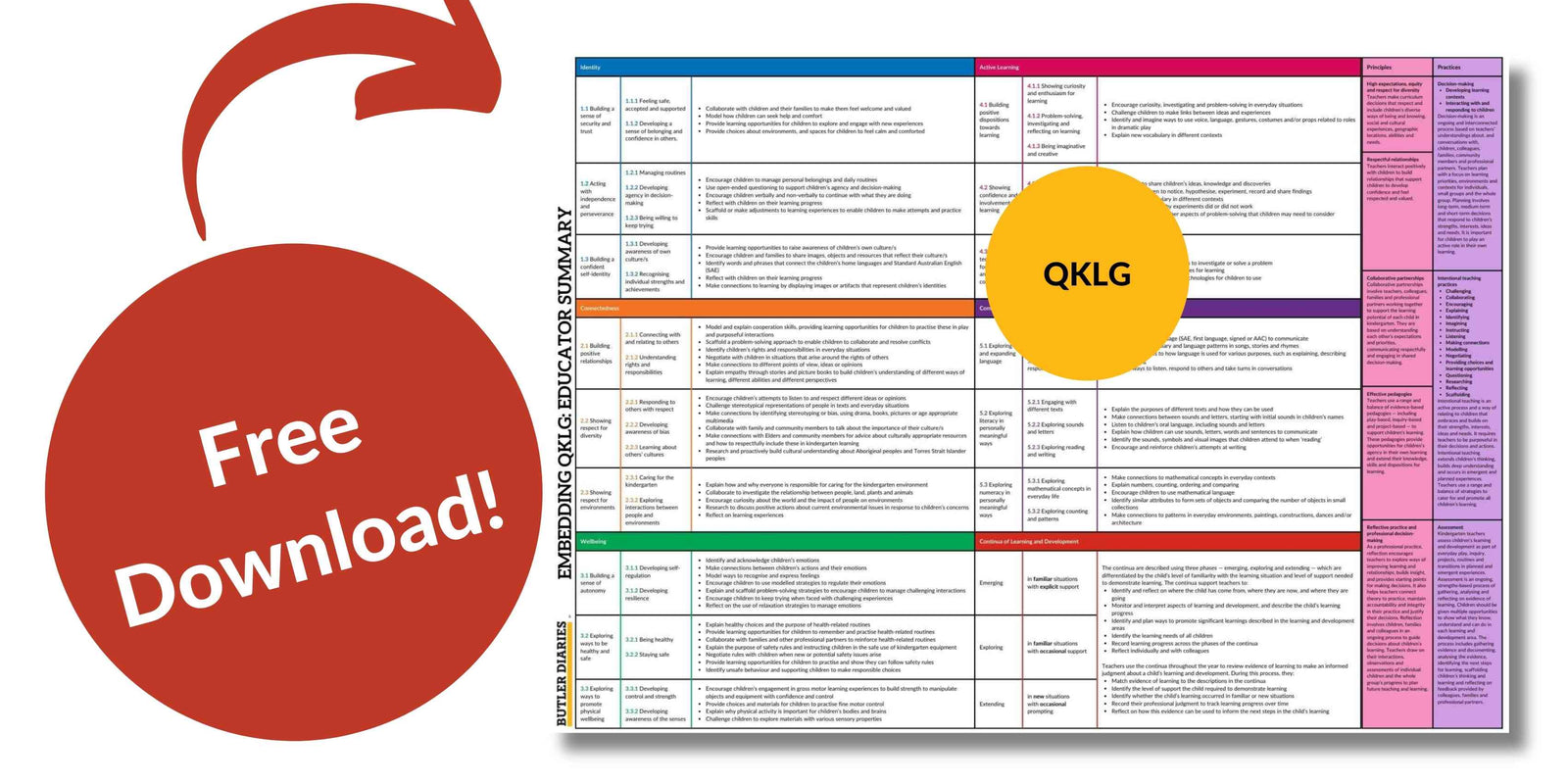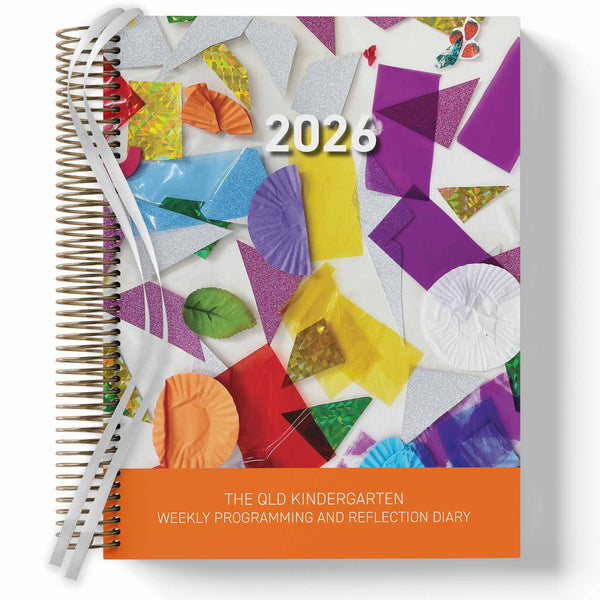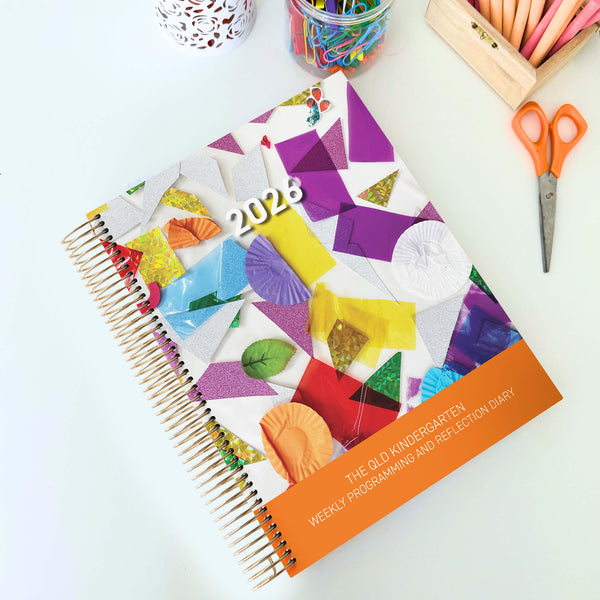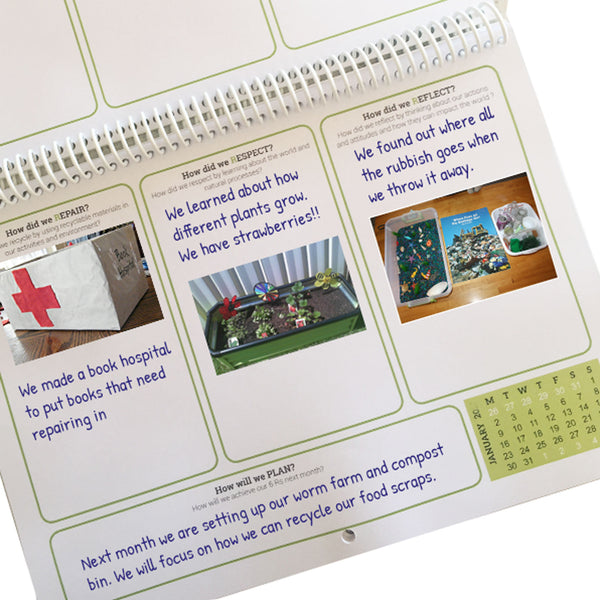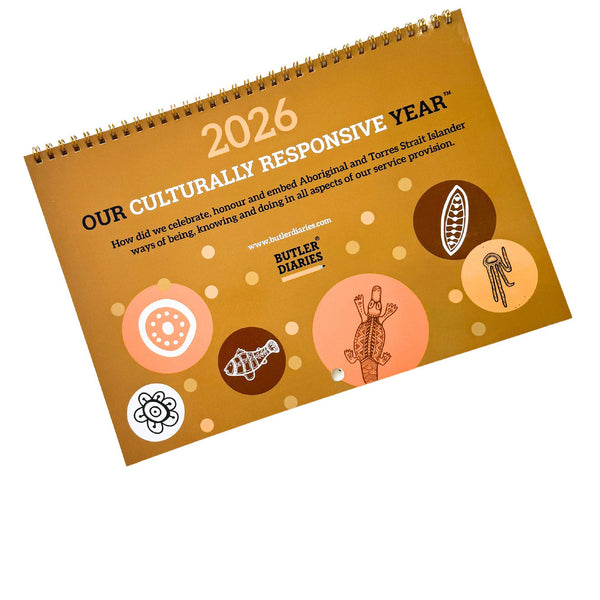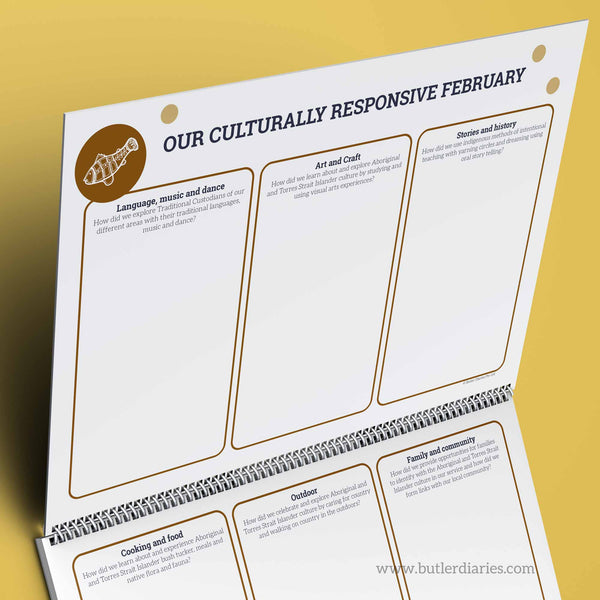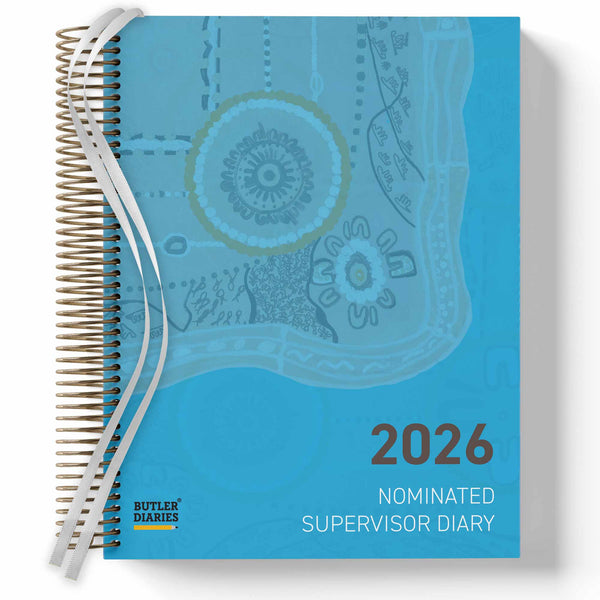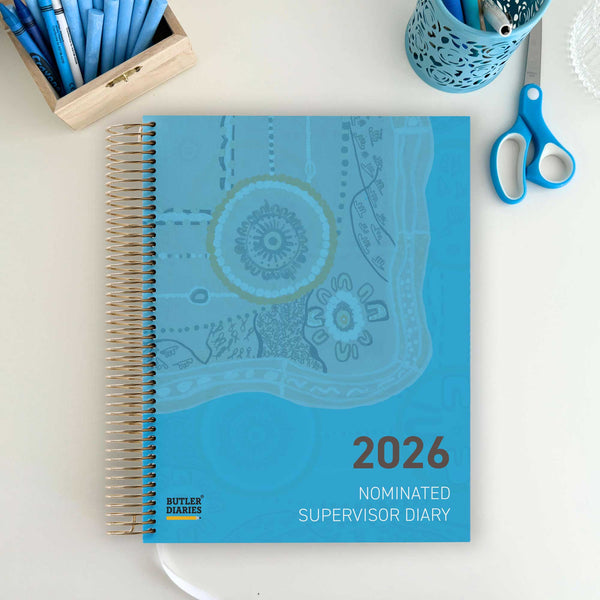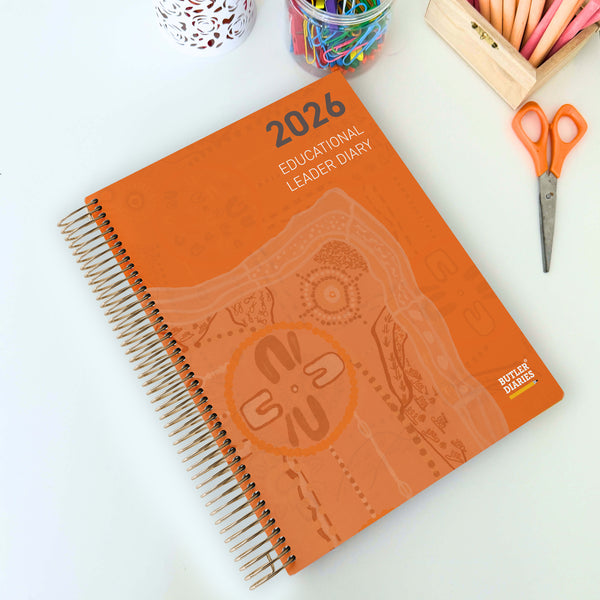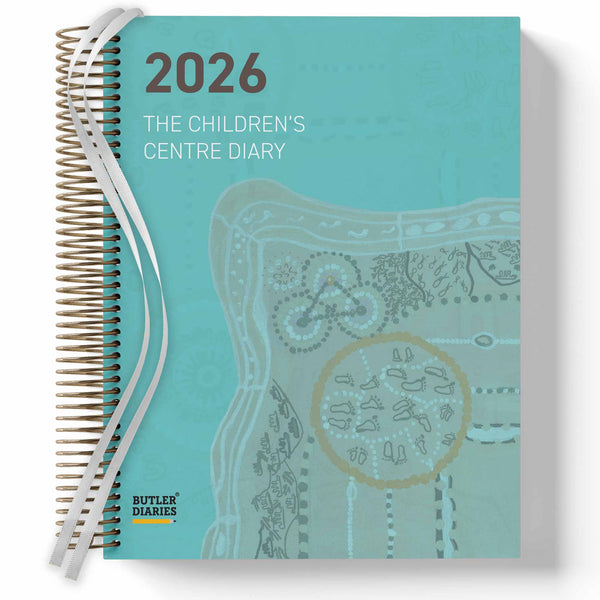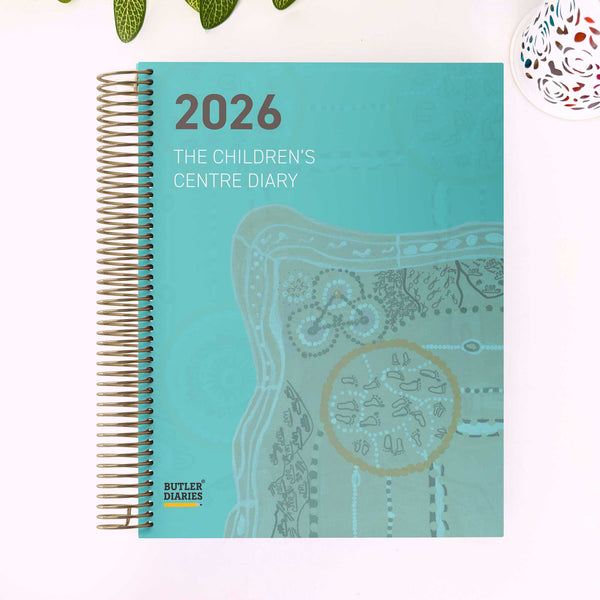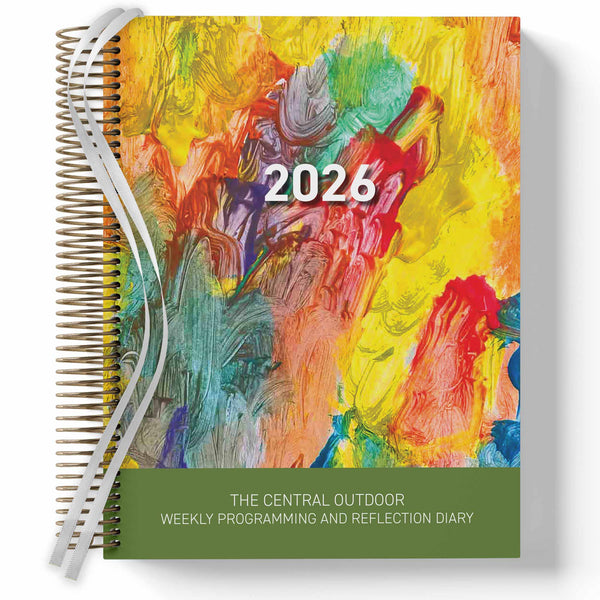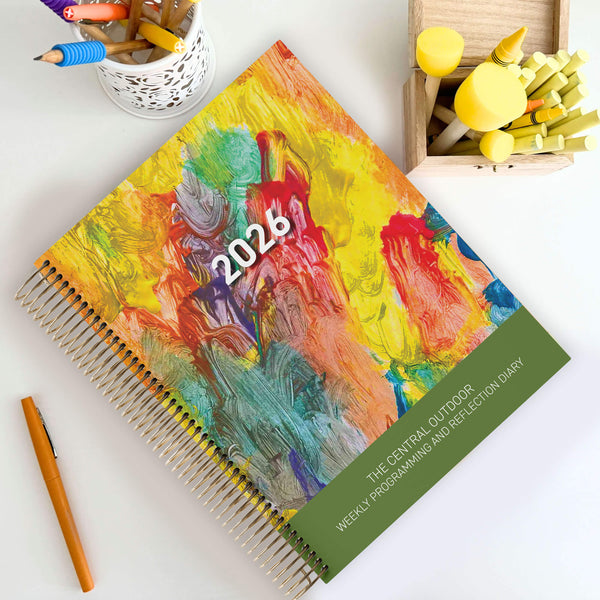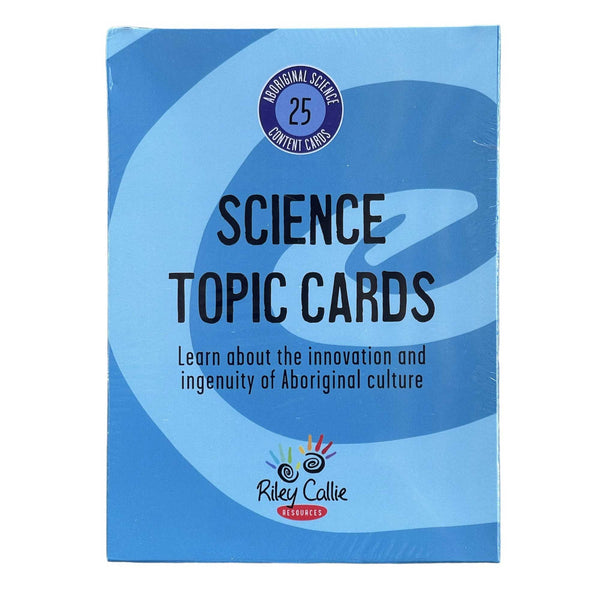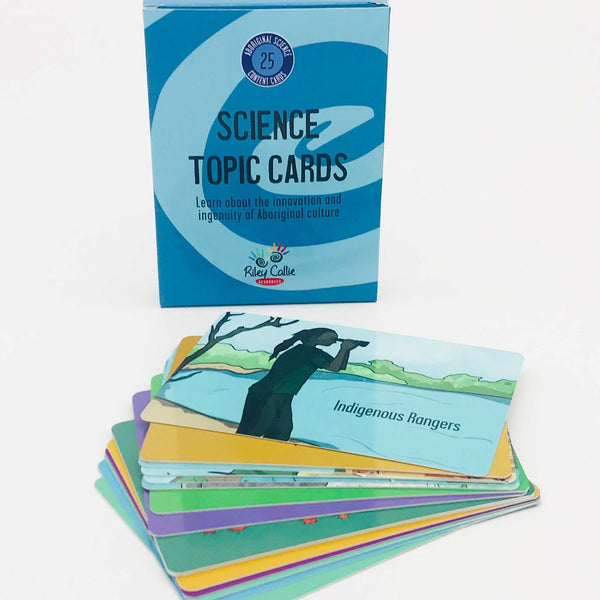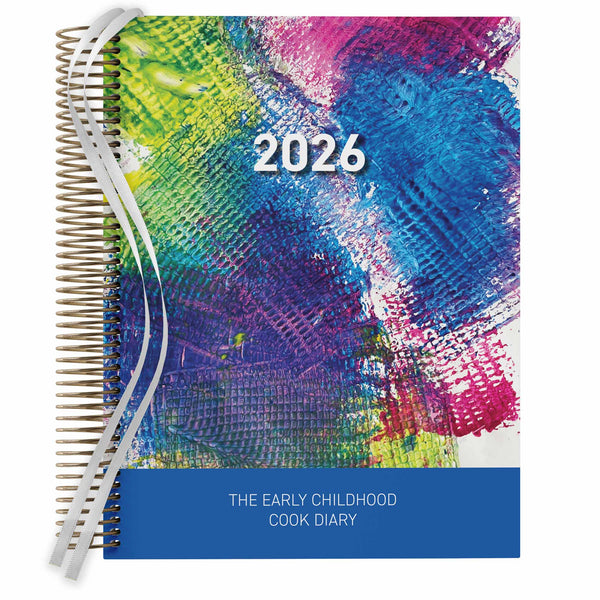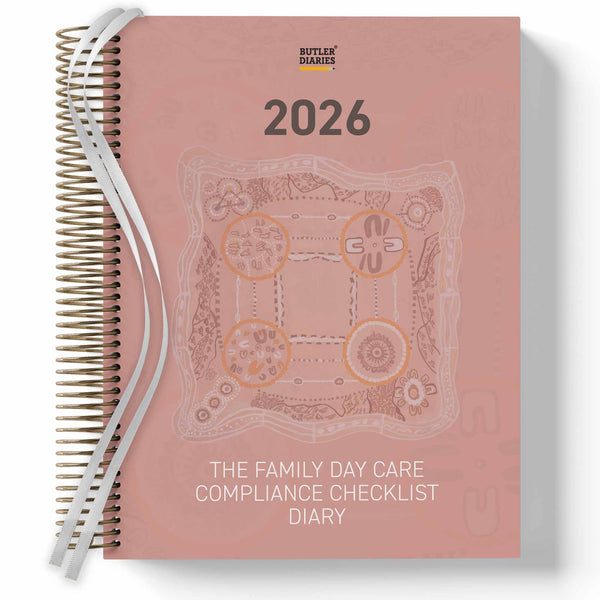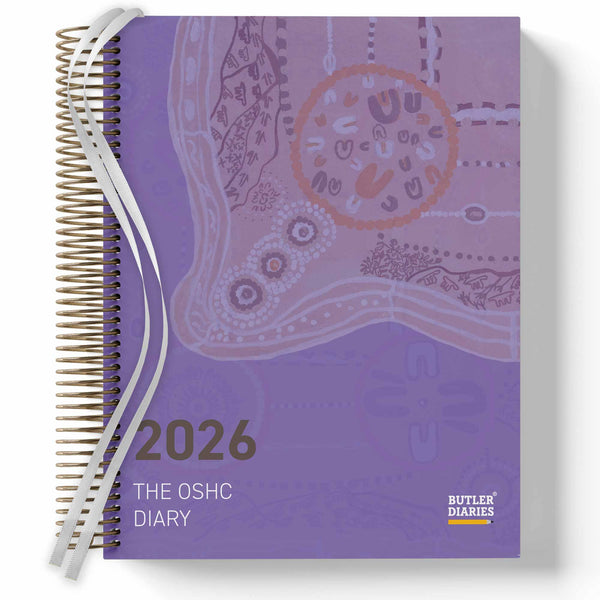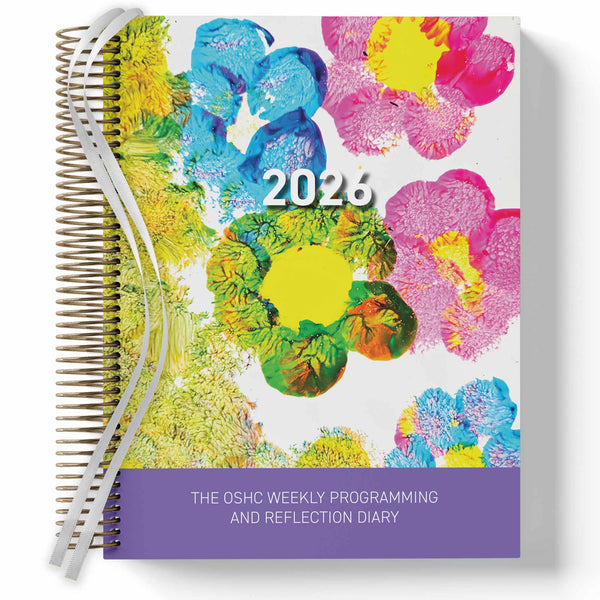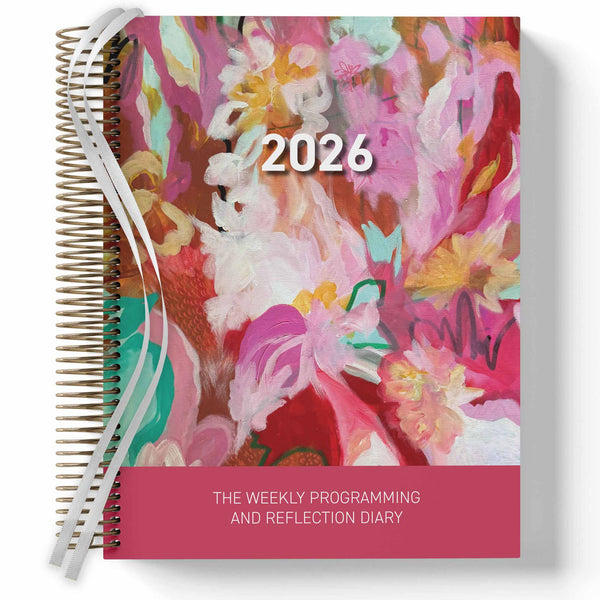The Queensland Kindergarten Learning Guidelines (QKLG) serve as a vital compass, guiding educators in their efforts to foster holistic development in children. Embedded within the QKLG framework is the Continua of Learning and Development, a valuable resource that offers a comprehensive understanding of children's progress and informs tailored teaching strategies. In this article, we delve into the significance of integrating the QKLG into practice and explore the practical application of the Continua of Learning and Development.
The QKLG was updated in 2024, we've included a free download, "QKLG Pack" which includes an 'Embedding QKLG into Practice Educator Summary Poster' for QKLG 2018 and 2024 and includes a table comparison of the Learning Outcomes from QKLG 2018 and 2024 to support you in your programming, reflections and practice.
To learn more about the 2024 update and for more free downloads, check out our article: 2024 Revisions to the Queensland Kindergarten Learning Guidelines (QKLG 2024): What's New?
Understanding the QKLG
The QKLG encapsulates the principles, practices, and outcomes that underpin high-quality kindergarten programs in Queensland, Australia. It acknowledges the diverse needs, interests, and strengths of each child while providing a flexible framework for educators to design engaging learning experiences. By aligning with the QKLG, educators ensure that their practices are not only compliant but also enriching and purposeful.
Embedding QKLG into Practice
-
Planning and Documentation:
-
Begin by familiarising yourself with the QKLG document, paying close attention to the five learning areas: Identity, Connectedness, Wellbeing, Active Learning, and Communicating. Our free download can help you learn the QKLG with its one page snapshot that is easy to absorb.
-
Incorporate the learning outcomes and indicators into your program planning, ensuring that activities and experiences are aligned with children's developmental stages and interests. Use the QLD Kindy Weekly Programming and Reflection Diary to easily link QKLG outcomes with your program.
-
Document children's progress and achievements using observation, reflection, and assessment tools, such as portfolios and learning stories. You can find a range of observation and planning tools in our Early Childhood Collection.
-
-
Creating Inclusive Environments:
-
Foster a sense of belonging and respect by celebrating diversity and inclusivity within the learning environment. You can use the reflection spread in the QLD Kindy Weekly Programming and Reflection Diary to ensure you are fostering belonging.
-
Provide opportunities for children to explore and engage with resources that reflect their backgrounds, cultures, and abilities.
-
Implement strategies to support children with diverse learning needs, ensuring equitable access to learning experiences.
-
-
Promoting Play-based Learning:
-
Recognise the importance of play as a primary vehicle for learning and development.
-
Design environments that encourage open-ended exploration, imaginative play, and hands-on experiences.
-
Facilitate intentional teaching moments within play-based activities, scaffolding children's learning and extending their interests.
-
The Continua of Learning and Development
At the heart of the QKLG lies the Continua of Learning and Development, a dynamic tool that maps children's progress across various developmental domains. Educators can utilise the Continua to:
-
Identify children's strengths, interests, and areas for growth.
-
Tailor learning experiences to meet individual needs and abilities.
-
Collaborate with families to support children's learning journey both at home and in the kindergarten setting.
Integrating the Queensland Kindergarten Learning Guidelines into practice is not merely about compliance; it is about creating enriching and meaningful learning experiences for children. By embracing the QKLG framework and utilising resources like the Continua of Learning and Development, educators empower themselves to nurture the potential of every child, fostering a lifelong love for learning and discovery.
Free Download QKLG Update Pack
For educators seeking support embedding QKLG, a free download of our Embedding QKLG Educator Summary for QKLG 2018 and 2024 and Comparison Learning Outcome Tables are now available. This resource includes a summary of QKLG and provides examples of how to foster the learning outcomes, principles and practices and compares 2018 and 2024 QKLG learning outcomes.
